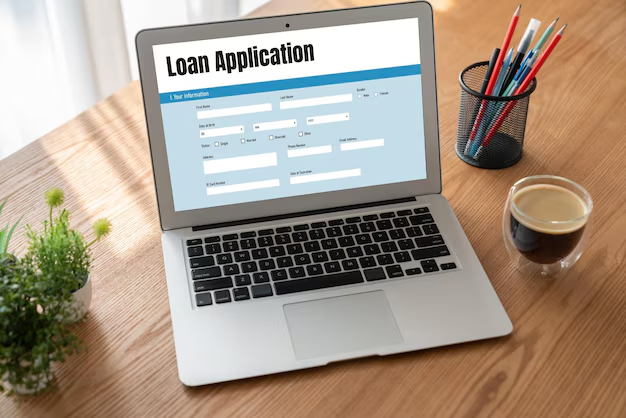Unlocking the Benefits of a VA Home Loan: What You Need to Know
If you have served in the U.S. military, a VA home loan is not just a perk—it's a powerful tool that can help you buy, build, or refinance a home with unmatched benefits. But how does a VA home loan work, and what makes it so advantageous compared to traditional home loans?
The Basics of a VA Home Loan
A VA home loan is a mortgage backed by the U.S. Department of Veterans Affairs (VA) and is designed to offer long-term financing to eligible American veterans or their surviving spouses. Unlike conventional loans, VA loans provide several incredible benefits, as they require no down payment and do not enforce private mortgage insurance (PMI) requirements—significant cost-saving advantages that make it easier for veterans to achieve homeownership.
Eligibility Requirements
To qualify for a VA home loan, you must meet certain service requirements. Generally, this includes:
- Serving 90 consecutive days during wartime
- Serving 181 days during peacetime
- Serving over six years in the National Guard or Reserves
A Certificate of Eligibility (COE) is required, which proves to lenders that your military service meets the requirements for a VA loan.
Key Benefits of VA Home Loans
Understanding the benefits can spotlight why this might be the best choice for financing your home:
- No Down Payment: With a VA loan, you can finance 100% of the home’s value without saving for a down payment.
- No PMI: Traditional lenders require PMI when your down payment is less than 20%. VA loans eliminate this cost.
- Competitive Interest Rates: VA loans offer lower interest rates compared to conventional loans, potentially saving you thousands of dollars over the loan's life.
- Flexible Credit Requirements: Lenders have more flexible credit requirements, making it easier to qualify if you don't have stellar credit.
- Closing Cost Caps: The VA limits the amount veterans can be charged for closing costs, reducing out-of-pocket expenses.
Navigating VA Loan Costs
While VA loans provide substantial benefits, understanding additional costs involved is crucial:
- Funding Fee: To offset the cost of the loan program to taxpayers, most borrowers must pay a funding fee, but this can be financed throughout the loan term. The fee varies based on your down payment and whether it's your first VA loan.
- Appraisal and Inspection: These must be VA-approved, ensuring the home meets minimum standards for safety and livability.
The Broader Financial Picture: Exploring Related Aid Programs
Accessing a VA home loan is just the beginning of financial resources available to veterans. Additional programs and solutions can further enhance financial stability:
- Government Aid Programs: Assistance such as HUD’s Housing Assistance for Veterans offers tailored help for housing needs.
- Financial Assistance: Explore emergency aid programs that provide grants or low-interest loans in financial crises.
- Debt Relief Options: Organizations such as the National Foundation for Credit Counseling offer services tailored for veterans struggling with debt.
- Educational Grants: The GI Bill provides significant educational benefits, helping veterans and their families pursue higher education without accruing student debt.
By leveraging these complementary resources, you can create a financial roadmap that maximizes your benefits earned through service.
Opportunities for Financial Stability and Growth
Here's a quick snapshot of additional support programs that can enhance your financial health:
- 🏡 HUD-VASH Program: Offers housing assistance and services for veterans experiencing homelessness.
- 💳 Debt Relief: Options such as low-interest consolidation loans can be crucial for managing debt efficiently.
- 🎓 GI Bill & Education Benefits: Covers tuition, housing allowances, and more for veterans pursuing education.
- 🏥 Veterans Health Administration (VHA): Provides comprehensive healthcare services to veterans.
Leveraging a VA home loan is a practical step towards achieving the dream of homeownership, while the additional resources ensure a holistic approach to financial wellness post-service. Whether you're stepping into a new home or fortifying your financial future, these tools are here to serve those who've served.
